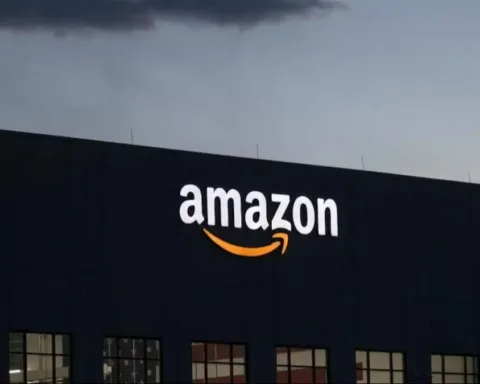IBM has recently issued a bold directive to its management team across the United States, stirring up the ongoing debate about the future of work in the post-pandemic era. According to an internal memo leaked on January 16, and later confirmed by the company, all U.S. managers at IBM are now required to work from an office at least three days a week, effective immediately. This decision mandates managers to live within 50 miles of an IBM facility or face separation from the company.
Senior Vice President John Granger, who communicated this new policy, emphasized that the company will monitor compliance through badge swipes, with data shared with supervisors and HR departments. Managers who currently reside beyond the 50-mile / 80km radius are given a deadline until the beginning of August to relocate.
IBM, in a public statement, defended its decision, highlighting the belief that “face-to-face interactions… make us more productive and innovative.” This move aligns with CEO Arvind Krishna’s stance on remote work. Krishna has been a vocal advocate for the return to office, even suggesting in a May interview that remote workers might face slower career progression compared to their on-site counterparts.
This policy shift arrives amidst other significant changes at IBM. The company, which has seen flat office attendance rates in 2023, hovering around half of pre-pandemic levels in the largest U.S. business districts, also announced plans for job cuts in 2024, though the exact numbers remain unspecified.
IBM’s approach it reflects a growing trend among some organizations to reevaluate and, in some cases, roll back the flexibility of remote work in favor of traditional office settings. This policy, which places significant emphasis on physical presence, could set a precedent in the tech industry, where remote and hybrid work models have become increasingly common.
O course, the debate on the efficacy and impact of remote work continues, but IBM’s bold step is signaling a potential shift in how businesses view work in the post-pandemic world.





